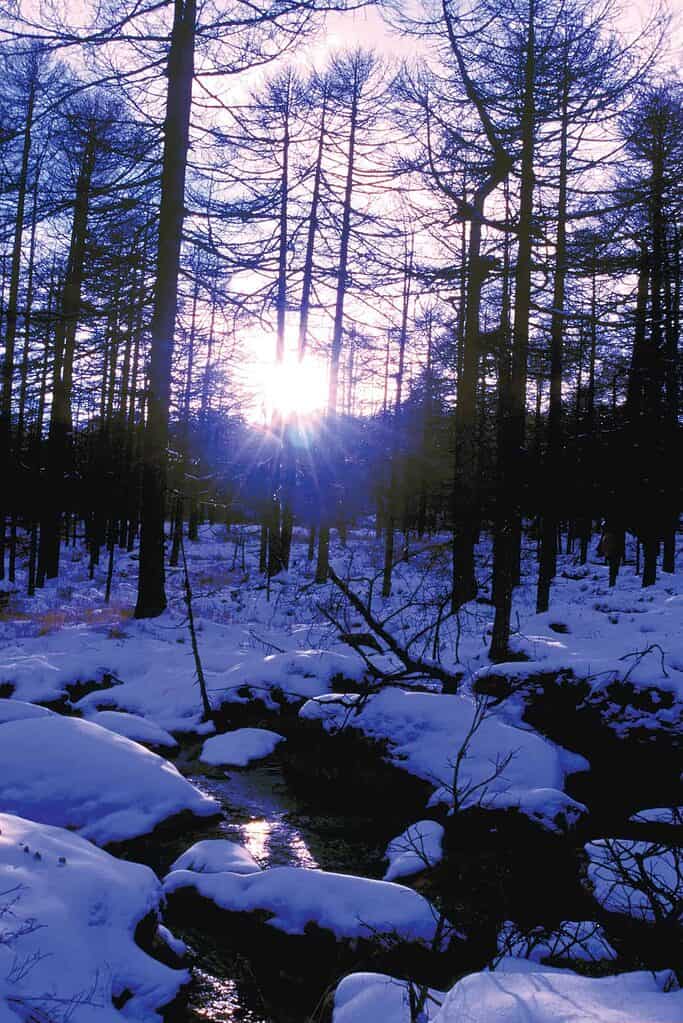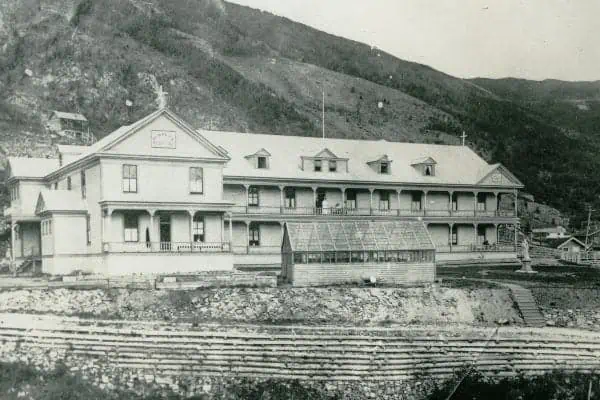
Winter solstice is the shortest day and, officially, the start of winter. But it also triggers the sun’s journey back, bringing us spring. This year, for us in the northern hemisphere, winter solstice occurred on Dec. 21. That was when the sun was directly over the Tropic of Capricorn, a line of latitude that encircles Earth south of the equator. Folks in the southern hemisphere, who are closer to the Tropic of Capricorn and therefore had the sun high in their horizon on Dec. 21, had their summer solstice. At the equator there are about 12 hours of daylight and 12 hours of dark, year round.
It’s all about where we are relative to the sun. The Earth’s tilt and orbit around the sun means that in the winter the sun is low on the horizon in the northern hemisphere, as our hemisphere faces away from the sun. This reduces the amount of the sun’s rays reaching us around the curve of the Earth.
In the summer it’s the opposite. The sun is over the Tropic of Cancer, the line of latitude north of the equator. For northerners the sun is high overhead and we have long days around the summer solstice.
The closer you get to the Arctic or Antarctic poles, the more drastic the effect. On Dec. 21 Whitehorse had 5 hours, 37 minutes and 47 seconds between sunrise and sunset. On Jan. 14 we’ll have 6 hours, 27 minutes and 58 seconds. On Jan. 29 we’ll have a sunset after 5 p.m. Farther north, in Dawson City, this occurs on Jan. 31. In Old Crow, even closer to the pole, there was no sunrise between Dec. 14 and 28. Not until Feb. 7 will they have a sunset after 5 p.m.
The significance of the sun’s position to people is likely as old as our species. Stonehenge in England was built over 4,000 years ago and on the solstices, the sun aligns with gaps in the massive Stonehenge rocks. Indigenous understanding of the sun’s movement is demonstrated by a ring of boulders at Wurdi Youang in Victoria, Australia. This stone arrangement is believed to have been built by the traditional inhabitants of the area, long before Stonehenge’s construction. It contains points aligning with where the solstice sun sets in winter and in summer.
Solstice comes from the Latin word solsitium, basically meaning the sun stands still. The sun reaches its southernmost position on winter solstice. Some cultures believed that the sun died at winter solstice and was then reborn. Many still celebrate this coming renewal of light with a festival or feast.
Even today, with our ability to generate artificial light, we are still dependent on the seasons created by the position of the sun. Spring is coming, Jon Snow.




